Netflix’s Live-Action ‘One Piece’ Showrunner Says He Wanted To Adapt Eiichiro Oda’s Manga Because It Tells A “Simple And Yet So Profound” Story “About A Boy Who’s Following His Dreams”
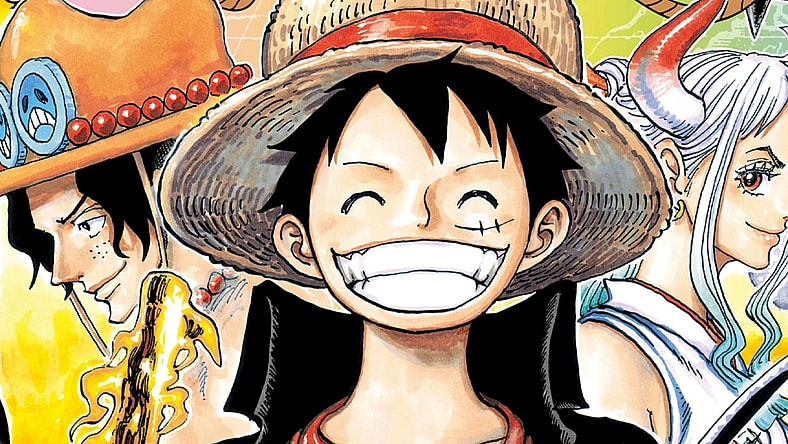
In stark contrast to the usual cynicism, fan disdain, and self-aggrandizing that has fueled nearly every live-action Hollywood anime adaptation in recent years, Netflix’s One Piece showrunner Steven Maeda has revealed that the “simple and elemental” nature of Luffy’s journey was what inspired him to take a live-action crack at Eiichiro Oda’s seminal work.

Maeda, whose previous credits include stints as a writer for Lost‘s second season and the showrunner for the SyFy series Helix, spoke to his love of the One Piece manga’s optimistic story while giving a since-deleted-or-hidden interview to Screenrant ahead of the Netflix adaptation’s upcoming premiere.
Asked by an uncredited Screenrant reporter to recall his “first meeting with One Piece“, the showrunner asserted, “My first meeting, I was approached by [production studio] Tomorrow Studios, because they had acquired the rights to the story and the underlying IP, and they were looking for someone to write a pilot script for them to do a rewrite to run the show.”
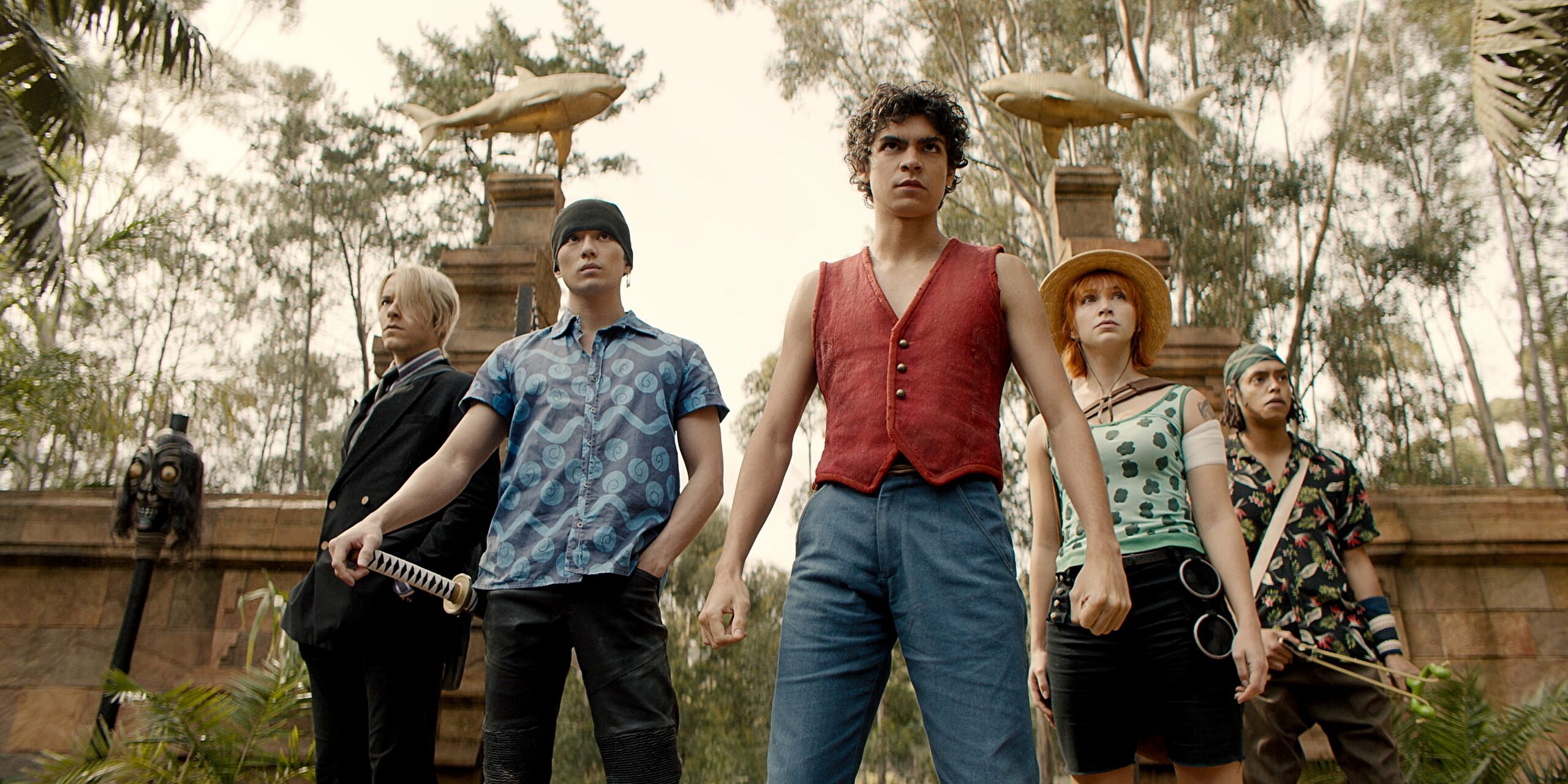
“And so I had a meeting with them and hit it off and loved the material,” he explained. “And that was the beginning. That was a little over four years ago; that was the first time I was involved.”
“I was a fan before, but I hadn’t really dived in deep,” he added. “I had read a couple of chapters early. But I really didn’t understand the true breadth and scope of the world. And so I very quickly got up to speed with the first 100 chapters. And then was so taken, I just said, if there’s a way to be a part of this, I’ve got to do it. And then and then I kept reading, it’s like now I’m caught up, I think Chapter 1089.”

Taking note of the fervor with which Maeda consumed Oda’s manga, the Screenrant contributor then inquired with the showrunner as to what it was “that drew you to the story” and whether or not there was something about it that “particularly resonates with you”, to which his guest replied, “I thought it was a wonderful combination, a very unique world, which you don’t see that often nowadays in big fantasy, intellectual property and comics and manga.”

“They’re there but they’re hard to come by, especially the really good ones,” Maeda then clarified. “And so I was really taken with Oda-san’s world. And then the storytelling was so kind of simple and elemental, about a boy who’s following his dreams. And who inspires other people to follow their dreams.”
“I’ve always said that Luffy’s superpower is that he gets other people to remember their dreams and to start following them again,” he ultimately opined on the topic. “Even more so than the stretchy power that is his superpower. And it was such an important story I thought and such so simple and yet so profound. That, you know, the combination of the action and the world building and the emotion was amazing.”
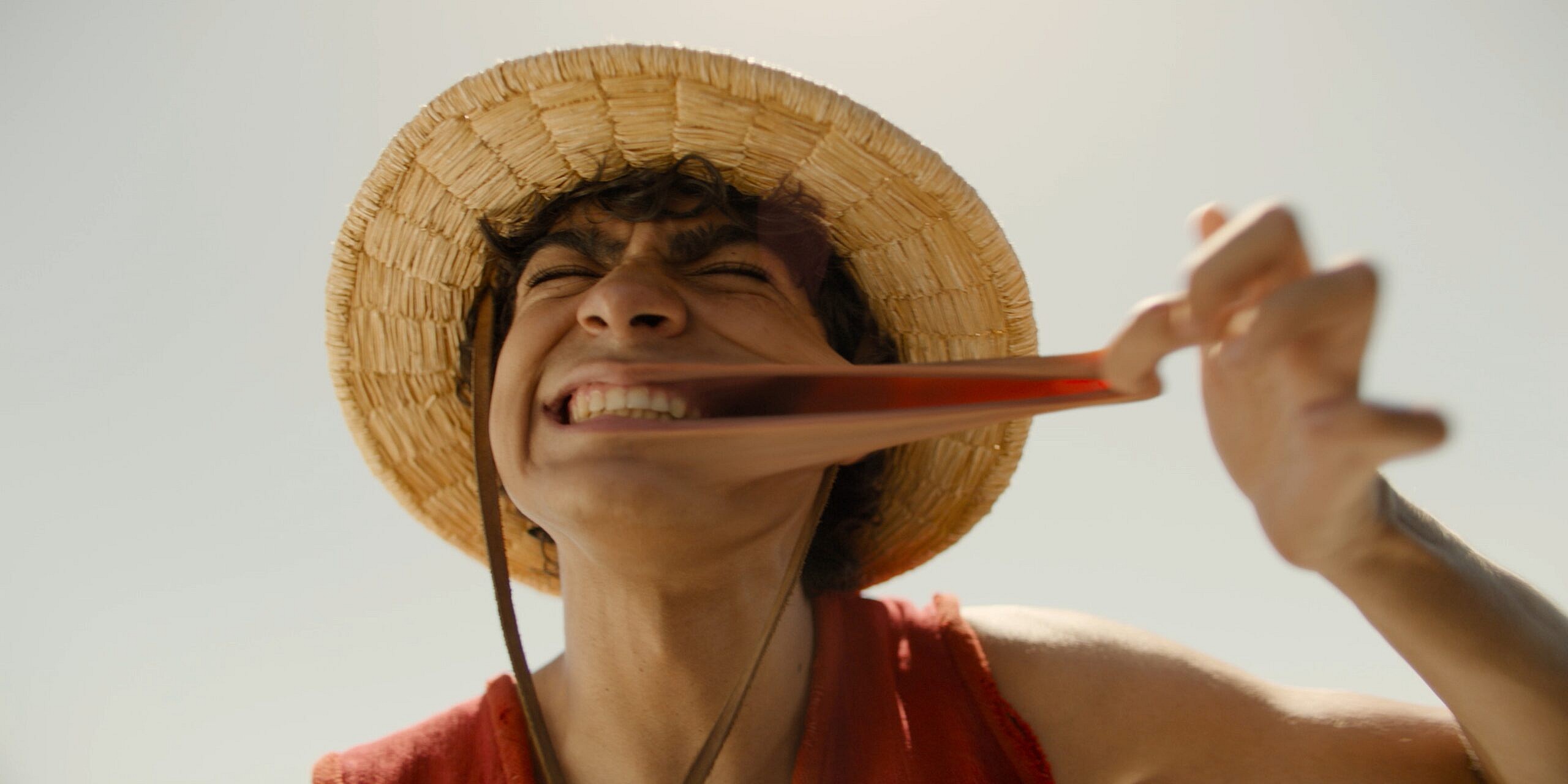
To this end, asked by Screenrant’s contributor at the end of their time together whether he had any words of encouragement for the audiences whose first exposure to the franchise will be Netflix’s live-action series, Maeda would reiterate his love for Oda’s original vision and declare, “I would say to jump into it with no expectations, to watch the show for what it is, and just let the world come to you.”
“Because it is so unique and so different from most of the other big epic fantasy shows out there I think you just have to accept it,” he told the outlet. “I would tell people to enjoy the tone of the show, because the show is fun, and sometimes a little bit goofy, and irreverent, but also very emotional and very heartfelt. And at the core of it is a story about following your dreams, which is something that we all struggle with. And I have always said even four years ago that this was a wonderful story for the times we’re in, because it’s about hope and optimism and following dreams, which is something that is in scarce supply these days.”
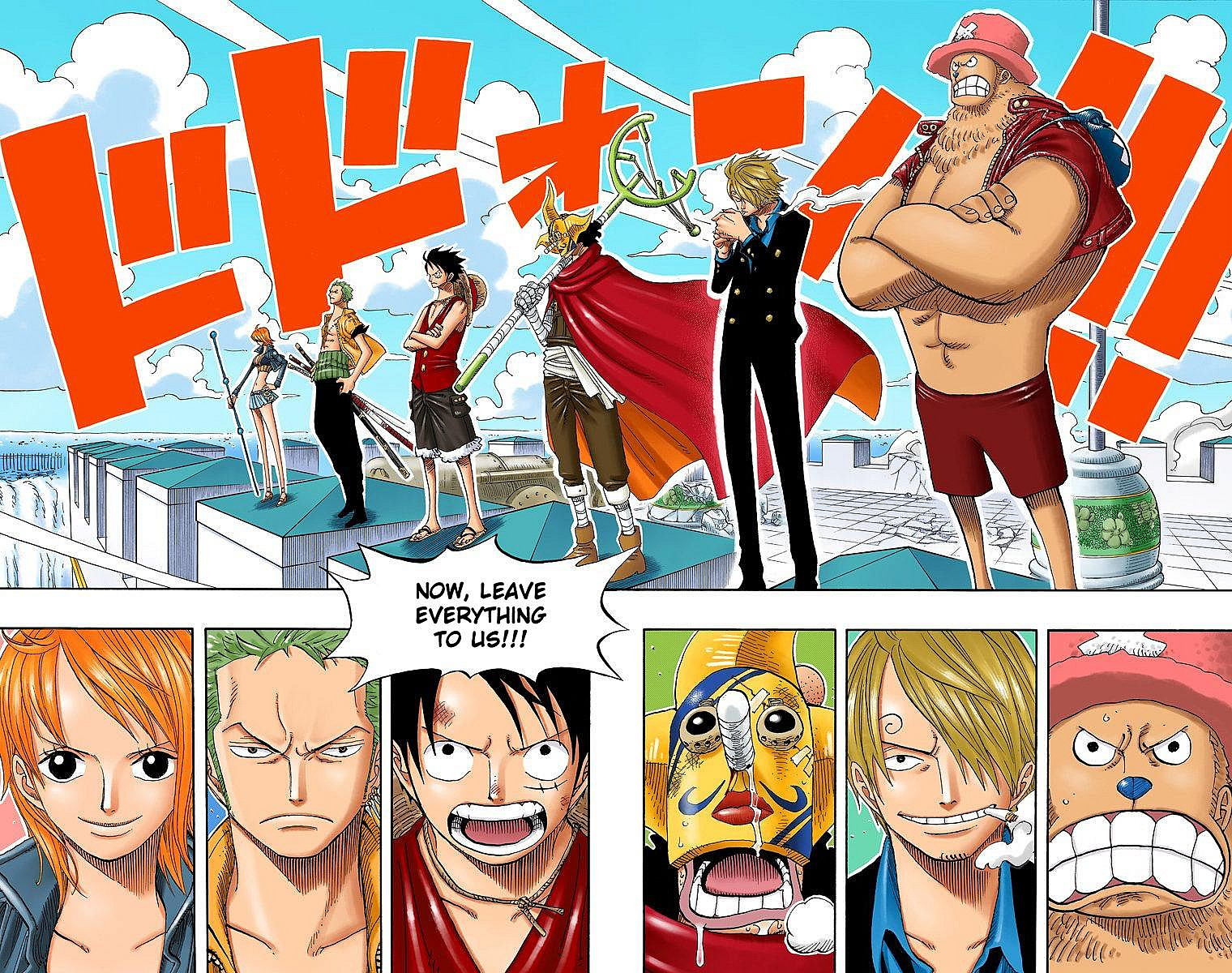
As noted above, Maeda’s outook towards One Piece is both strongly counter and a welcome change to Hollywood’s usual approach to adapting not just anime, but works of any given medium, whether it be comic books, novels, or video games.
Whether it be Cowboy Bebop or Castlevania, Death Note or Doctor Strange, most Western creatives seek to use such properties as nothing more than a vehicle for their own egos, disregarding canon, lore, and even the very words of respective creators in order to ‘put their own stamp on it’ and make a name for themselves.
Not only that, but more often than not, these Hollywood creators are also hoping to subvert and change a given IP as nothing more than ‘revenge’ against its fans, often treating their projects as little more than a multi-million dollar, star-studded therapy sessions and stuffing them full of cheap insults and bizarre moments of spotlighting their own pet issues.
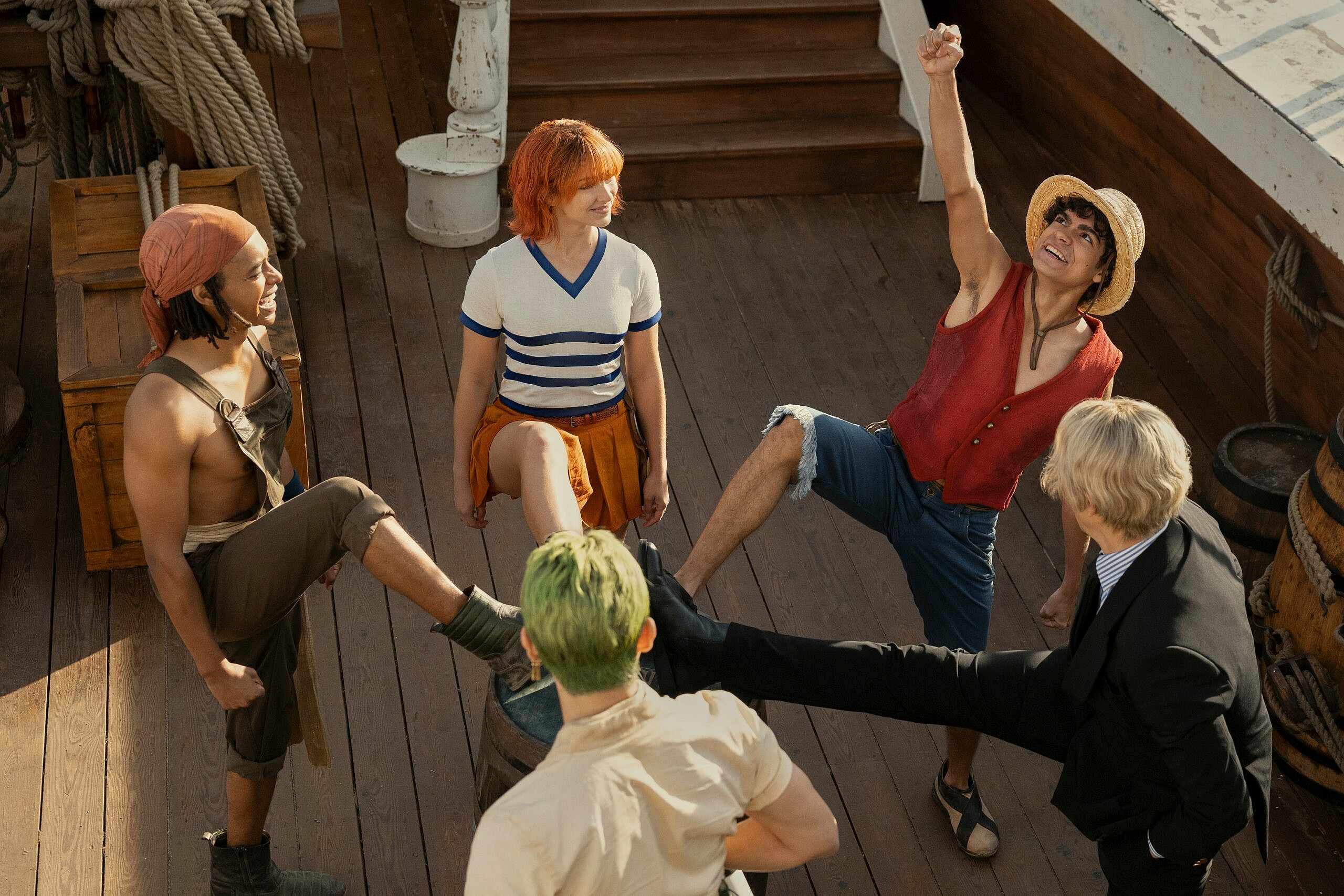
However, it seems Maeda disagrees with the idea that taking a property and wiping one’s backside with it, particularly by ‘reimagining’ hopeful and optimistic characters in an unnecessarily grim dark manner, is a winning strategy.
Taking his words at face value, the showrunner will apparently be pushing back against Hollywood’s exhausting obsession with nihilism by genuinely and unironically presenting a story whose protagonist faces each and every situation with hope instead of one who exists solely as a megaphone for a liberal arts major’s deconstruction of the heroic ideal.
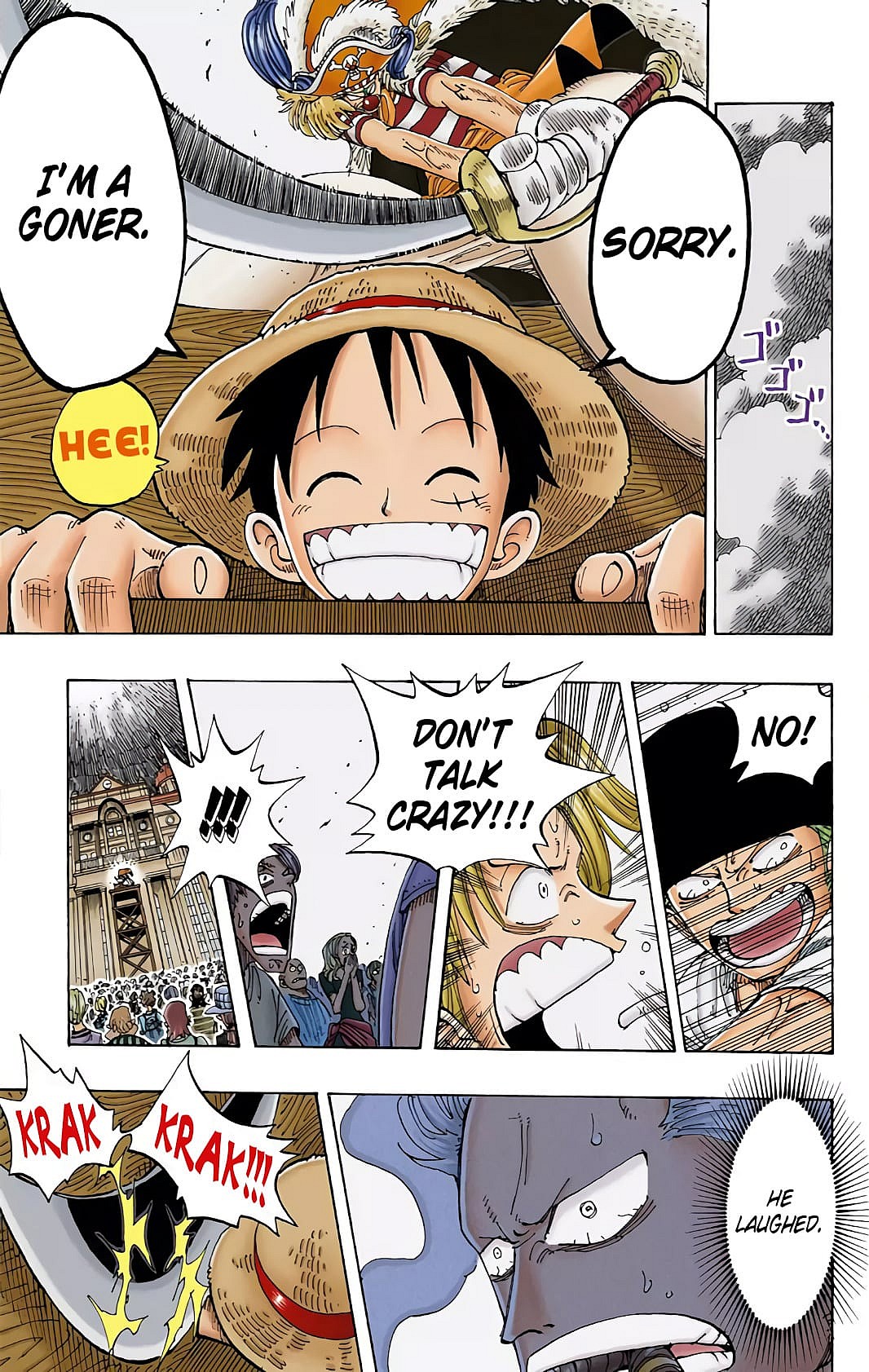
Netflix’s live-action One Piece sets out to find Gol D. Roger’s treasure on August 31st.
